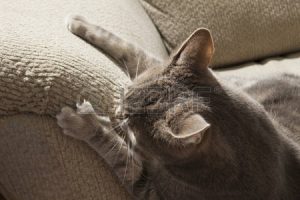 Cats nails grow quickly, as quickly as your fingernails. They should be trimmed as frequently as yours do (at least once a month).
Cats nails grow quickly, as quickly as your fingernails. They should be trimmed as frequently as yours do (at least once a month).
Some cats can properly maintain their nails (though they will be very sharp) and it won’t cause them any problems; however, a lot of cats can have problems if you don’t trim them (additionally they won’t scratch you as much).
You want to trim both the front and back nails (including the dewclaw (thumb)). You can start as young as 8 weeks old. Talk to your breeder as to how they trim nails and how they can transition to you.
Select a quiet room with no distractions and calmly sit with your cat. The basic process is as follows:
- Gently press a paw to extend the nails:
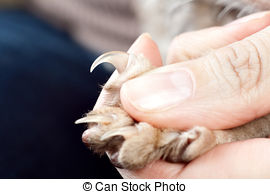
- Look at the nail from the slide and determine where the nail ends and the quick begins.
- You need to avoid the quick as if you cut the quick you will cause pain and bleeding. As well, it will make it harder to cut it in the future (your cat will struggle more).
- Clip the nails quickly as it’s going to be hard to keep them still for long.
- Give lots of praise / treats / scratches when finished, to create a positive experience and association with nail clipping.
Some tricks
- Grab them by the scruff to show dominance if they try to run away.
- Talk to your cat while clipping. Give praise for being still (Good Girl/Boy!) or say NO if they try to escape, bite or growl.
- Cover their head so they can’t see what you are doing.
- Have a partner distract their attention while you clip the nails.
- Lift them by the scruff and clip them while scuffed (this will usually work until they are 8 months or so).
- Wrap them in a towel (only use as a last resort — your cats will hate this!)
- If all else fails: bring them to your vet to get them clipped.
Cat scratching
Every cat has a need to scratch and if you don’t supply them with sufficient items that they can use for scratching then you will find your table, chair, couch, bed or rug scratched. So what do they need?
Every cat needs
Both a horizontal and vertical scratching item. Some cats like to stretch out high or long and some flip between them.
Cardboard makes excellent material to be scratched. Avoid carpet as it can confuse the cat into scratching things they shouldn’t (like your favorite rug). You can buy lots of great scratching items on Amazon or your neighborhood pet store. Here is one of our favorites:

To encourage scratching you can use cat nip or play with them on /around the scratching post. A laser pointer can work really well to direct them into the scratching post.
Destructive Scratching
If you find your cat is destroying your favorite chair or table here are some tips:
- Move a scratching post directly beside what they are scratching.
- Gently lift and transfer the cat to the nearest scratching post any time you catch them in the act.
- Place tape or aluminum foil on the item being scratched.
- Spray the spot with Felaway.
- Clip your cat’s nails more frequently.
Spraying your cat with water usually won’t help as they only learn to not scratch when you are around.
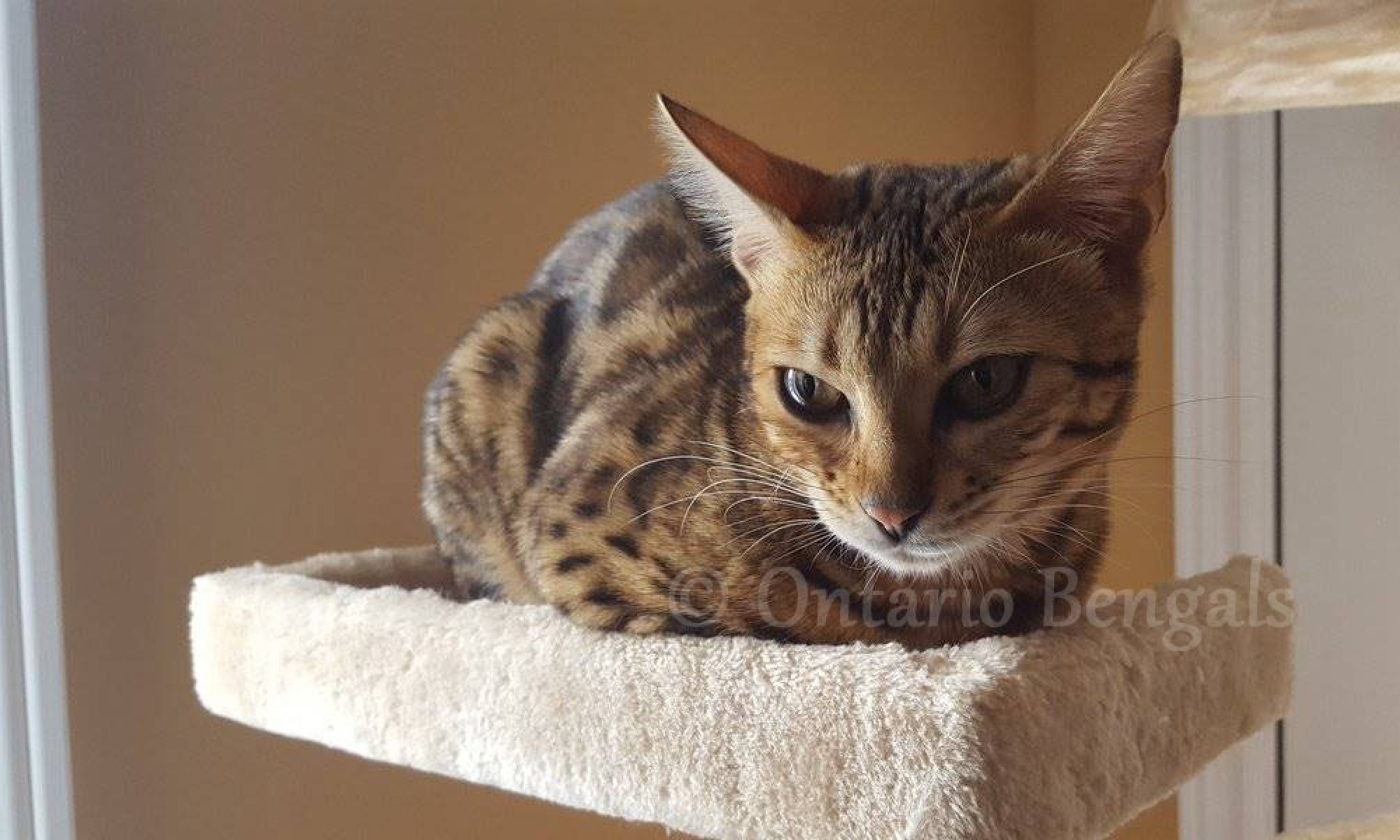
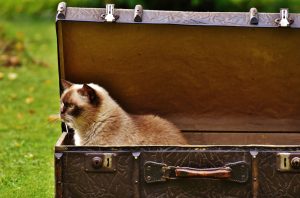
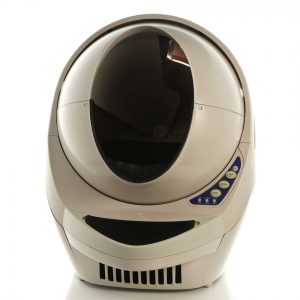
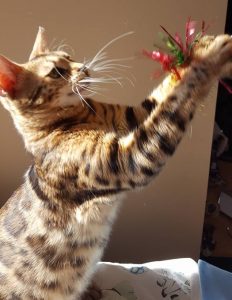 Bengal cats are everything you would imagine that cat to be. Athletic, muscular, agile, high jumper, fast movement. Bengal not only look like they belong in the jungle; they look like they would rule there. Bengals are, on average, better climbers, jumpers and generally more athletic than other breeds of domestic cats.
Bengal cats are everything you would imagine that cat to be. Athletic, muscular, agile, high jumper, fast movement. Bengal not only look like they belong in the jungle; they look like they would rule there. Bengals are, on average, better climbers, jumpers and generally more athletic than other breeds of domestic cats.